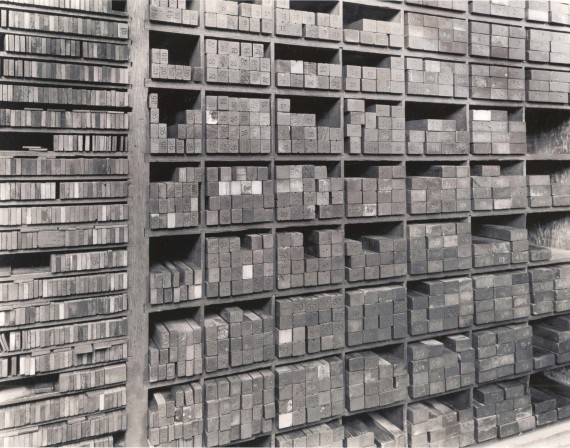In 2 essays I wrote for Orta Format, I am bringing up issues that are outside of "doing" photography.
In other words, I try to discuss how I perceive photography, how I criticize and talk about it, as well as interpreting other's works, trying to frame them or questioning if I form a transparent outline rather than drawing a rigid framework.
This essay has to be reconsidered during ITU Photo Meet-ups, where different artists from different practices gather together for 3 days. I contemplate on how I want to present myself as a speaker in a discussion on photography.

It is inevitable - maybe not - that I am pondering on the issues of presenting oneself, being and formation.
When I try to go beyond the limits of the notion of artist as a constructed being, I abstain from offending artists who consider their art practice as "something" that coincides with the self as well as an independent "thing" in its own right.
On the other hand, when I am writing about art, I realize talking about other people's work, at some point, becomes something that paralyzes one's art practice.
Up to now, I am contemplating on the junctions of my art practice in terms of their timeline via 2 projects which I am the editor of.
When we launched BoltArt.net, we had a lot of creative peers who were meditating about things like us, bloggers, people who were twitter-ing to excess. What if we could gather all those ideas and interactions into one single roof by poking our friends occasionally? The answer was: BoltArt.net. And we did it. However, works of photography have always been eccentric within this media. '
I had a look at how we published the first project, and it was a reference from someone, I didn't even make a research and decide who the first photographer in BoltArt.net would be. (Now, I say to myself why I did something I cannot write about or explain, but after all, the motto of this project was to put one-night-ideas into practice right away, and I still believe this enthusiasm and spirit of amateurship are what nourishes the project.)
Remaining in the background as an editor, is a reference point for me regarding my belief that artists themselves are the most competent people about their own artistic production. I also think, this is the reason why I am still in contact with many photographers who published their works in BoltArt.net. All the e-mails I sent started with this phrase "I got your contact details from X;" so they could be confident about how I came to find them, and why I got in contact with them, even if they had any doubts about my writings. This also helped us to start our conversation 40 minutes in advance.
At this point, I quit taking photographs. If I have to explain it in simple terms, it might be because I appreciate other people's works more than my own, and with some reservation, I try to find other things that I can improve myself in. On the other hand, maybe when writing about other people's works, there is this necessity that my art production does not resemble theirs, this desire to exclude myself from what I write about. In other words, I put a distance between me and the medium I use, to draw a line between my artistic production and my intellectual production as to the subject I am writing about. When I use the visuals in different ways I always have the concern of a photographer, still, my relationship between the medium of my craft remained romantic and platonic. I still keep that distance even if I grab my camera for personal purposes.
My collaboration and dialogue with Metehan (Özcan) is crucial at this point. After the publication of his projects in BoltArt.net, Metehan sent his work for the 1st issue of m-est.org (the first and the last one), which is offline now. After that, when we worked together to establish a framework for his projects and finally for his solo exhibition in Elipsis Gallery, our main discussion was always about why he is doing what he does, and how he explains it, more precisely, if he wants to explain it or not, about telling his own personal story. This attitude which arouses my curiosity rather than my admiration, with which I try to make a mental lexicon for my own artistic production, describing this relationship as one of a curator-artist, is actually, an effort to set some boundaries to this connection. It is very different from the connotations of collaboration as co-editorship, in fact it is about change in contradictions over time. It is a salute to the fact that when each artist does the things they do for themselves for other artists - like printing, scanning, installation, begging for a media player to their friends from galleries - it is actually an informal way of doing things where other people do within the institutional and established structures. In other words, I think that it is a natural process for them to share their productivity and extensive competence with each other, and try to embrace the professional vertical structures when they are getting increasingly isolated, and in this isolation rather than getting lost within professional structures.
What I am trying to propose is not to imply that artists are doing everything on their own; I believe in professionalism and as a professional, focusing on specific areas and specialization. What interests me is what happens when we imbed the existing dialogues and collaborations within institutional structures. Do we replicate what is immanent when informal doings penetrate into institutional structures, or is formalization of the informal a naive idea? How interesting is the relationship between the process and the end result? Is expressing what is internal only a strategy for justifying oneself?